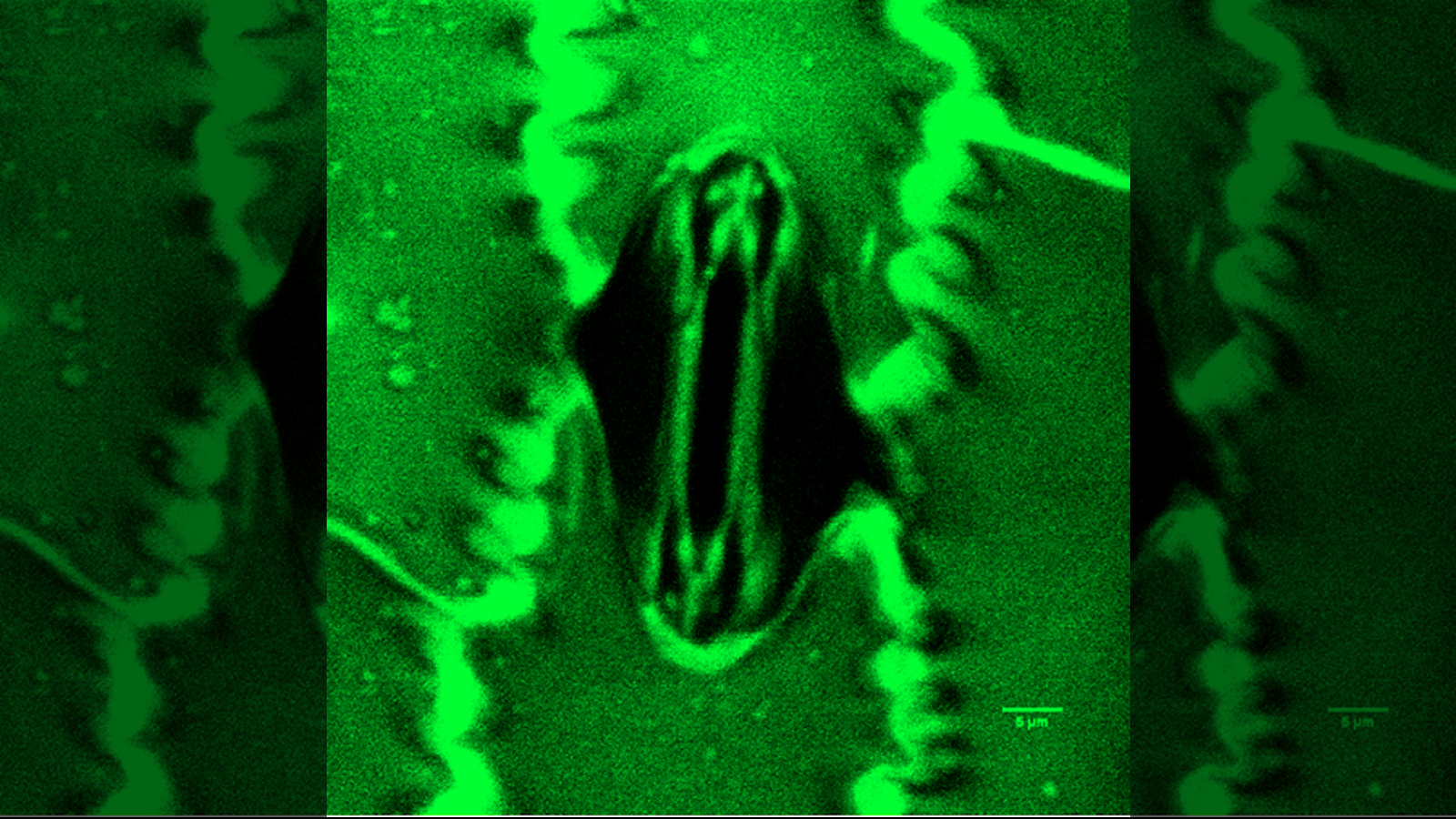7.3-Magnitude Earthquake Rattles Japan
An earthquake of preliminary magnitude 7.3 struck early today east of Sendai, Japan, according to the U.S. Geological Survey (USGS).
The temblor's epicenter was 152 miles (245 km) southeast of Kamaishi, Japan, and 152 miles (245 km) east southeast of Ofunato. It originated 22.4 miles (36.1 km) deep and struck at 0818 UTC, the USGS reports.
The powerful quake shook buildings as far away as Tokyo and triggered a 3.3-foot (1-meter) tsunami in an area devastated by last year's Fukushima disaster, according to news reports. (Let the USGS know if you felt any shaking from the earthquake, here.)
At least 10 aftershocks between preliminary magnitude 4.7 and 6.2 have struck the region since the initial earthquake, USGS data indicated.
The plate boundary region surrounding today's earthquake -- the boundary between the Pacific and North America plates where the Pacific subducts beneath Japan -- hosts moderate to large earthquakes fairly regularly, according to the USGS. For instance, 12 earthquakes of magnitude 7.0 or greater have occurred within 155 miles (250 km) of this earthquake over the past 40 years, including the magnitude-9.0 Tohoku earthquake that occurred on March 11, 2011.
Earthquakes of this size can cause significant damage, especially with poorly built structures. Even well-designed buildings can be damaged or, in some cases, destroyed depending on the severity of the quake and a building's proximity to the epicenter.
But the damage caused by any single event depends on the quake's depth, proximity to populated areas, building standards in the region, as well as the type of earthquake. The USGS frequently updates the magnitude of an event after more data is analyzed.
Get the world’s most fascinating discoveries delivered straight to your inbox.
An earthquake's magnitude is a measure of the energy released at the source. It is just one predictor of the shaking that may ensue, which is affected by local and regional geology. Scientists know in a general sense what causes Earthquakes but are unable to predict specific quakes.
This article will be updated if significant additional information becomes available. Find more earthquake news here.
 Live Science Plus
Live Science Plus






